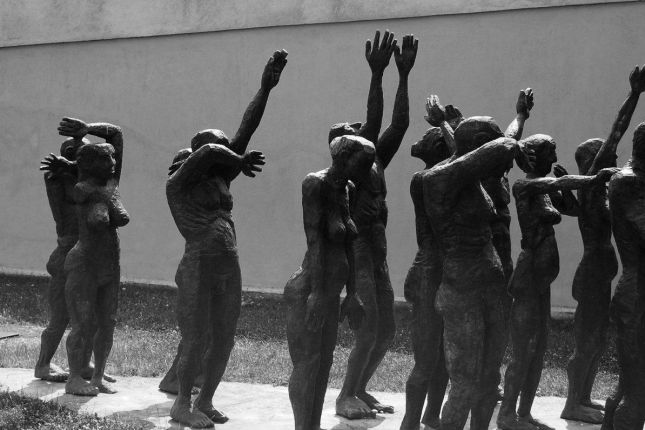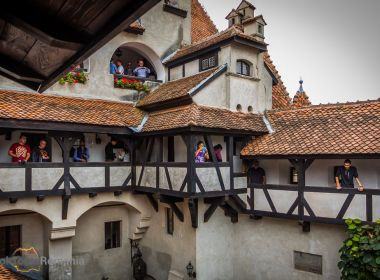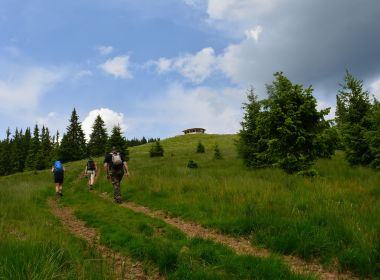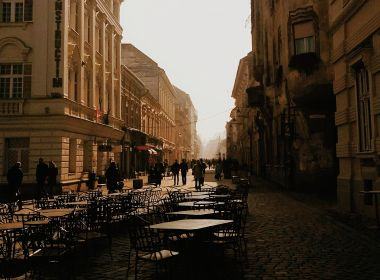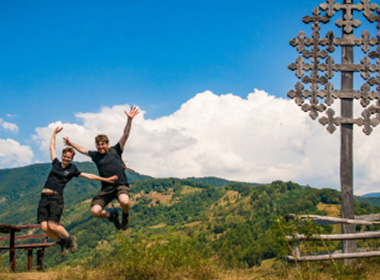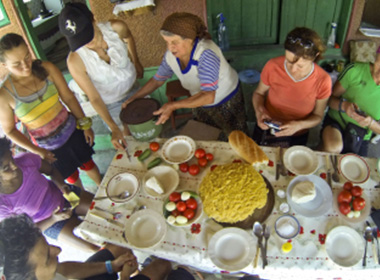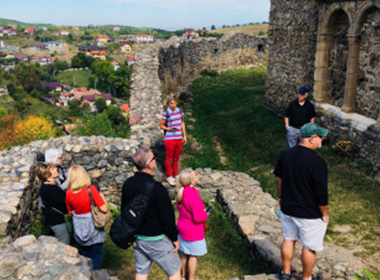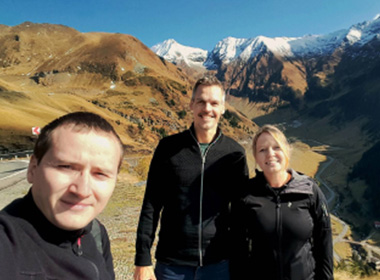Victims of Communism Memorial
Communist Romania started in 1947 and ended in 1989. During this time, Romania was ruled by the Romanian Communist Party and its leader, Nicolae Ceaușescu, one of the most famous Romanians even if for the wrong reasons.
The country underwent significant industrialization and modernization, with a focus on heavy industry and agriculture. However, the communist regime was also marked by repression, censorship, and human rights abuses, with many people being imprisoned, tortured, or killed for expressing dissent or opposition to the regime. The communist era also left a lasting impact on Romania's society, economy, and culture, with many aspects of daily life still reflecting the legacy of this period.
The first memorial in the world dedicated to the victims of the communism was nominated among the top places of cultivating the European history, among Auschwitz memorial and The Peace Memorial of Normandy. Located in a former prison with a cruel history, it took 7 years to rehabilitate the ruins and transform the place in a vivid museum telling the stories of those who suffered during the communist regime.
From a historical perspective, the Sighet prison itself was build back in 1897 when Transylvania was still part of the Austrian-Hungarian empire and had a key role in the beginning of the communist era in Romania, as it contributed to the oppression of the intellectual class.
Starting with 1948, after the communism had settled, Sighet has become a prison for opponents to the regime - in the beginning, the prisoners were school children, students and peasants of Maramures region.
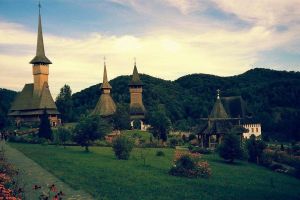
2 or 3 Days in Maramures: Wooden Churches, Traditions & Village Life
Start from: Cluj-Napoca
Between 1950-1955, it was turned into maximum security prison and over 200 former ministers, members of the Parliament, journalists, militia, and catholic priests were brought here in secret. Some of them were sentenced to serve very long prison-time, while others were brought here without any trial, but merely as an „administrative sanction”. The oppression regime included humiliation, starvation and exhaustion of the inmates.
In 1955, following the Geneva Convention and admission of communist Romania to ONU, a presidential pardon took place and part of the political prisoners were set free, part of them were transferred to other prisons while some were forced to home-stay.It was then transformed into a normal prison which was taken out of order in 1977.
Now each cell of the prison is a museum hall and items such as prison specific objects, photographs, documents and interviews with over 35.000 book pages and over 500 hours of interviews with witnesses, victims and their families are place chronologically to create museum-like ambiance. Within one of the inner courtyards of the prison you can find the Space for Prayer and near it you can see the names of over 8000 victims of the prison, camps and deportation sites in Romania.
As a particularity for this museum, each room contains several valuable art pieces - the idea behind this was to complement the dramatic theme of the museum with „the suggestion of the suffering caused by repression and with the feelings stirred when one is confronted with violence and absurdity”.
Items include tapestries, paintings and sculptures - among which the most famous and definitely emblematic is the “Cortege of the Sacrificial Victims” and represents a group of 18 human figures walking towards a wall that shuts off the horizon, which is a metaphor for how the communism barred the way to millions of human lives.
Romanian Friend tip During your visit to the memorial, located 2.5 km away you can also find the Pauper’s Cemetery, where according to legend, the victims of the prison were buried. From viewing points located above the cemetery you can admire a symbolic „landscape memorial”, where the shape of the country is formed by several coniferous trees.
Find more info here.
Location: Str. Corneliu Coposu, Nr. 4
Sighet Jud. Maramureş
Nearest Airport: Cluj-Napoca
Coming to Romania to visit Communism Memorial? Don't forget to check the most appreciated tours from our website:
Places to visit
Related tours
-

2-day Best of Maramures Tour
Start from: Cluj-Napoca
-
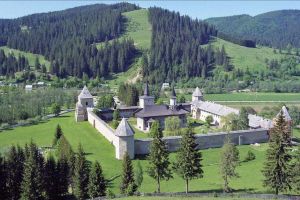
Complete tour of Maramures & Bucovina
Start from: Cluj-Napoca
4 times a year we prepare a newsletter with local stories, places and our special insights about Romanian culture and local life that will inspire you to visit our country and have an authentic local experience. Would you like to get it?
